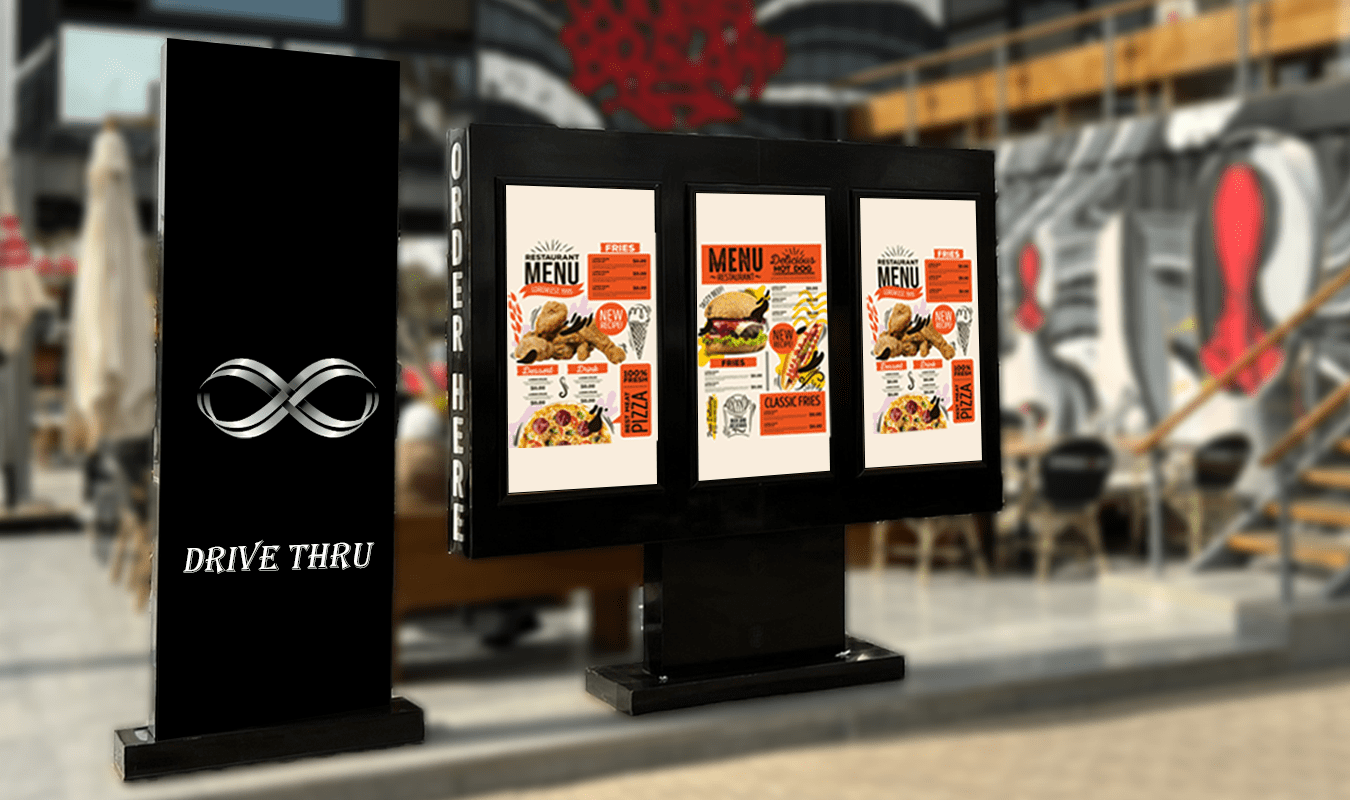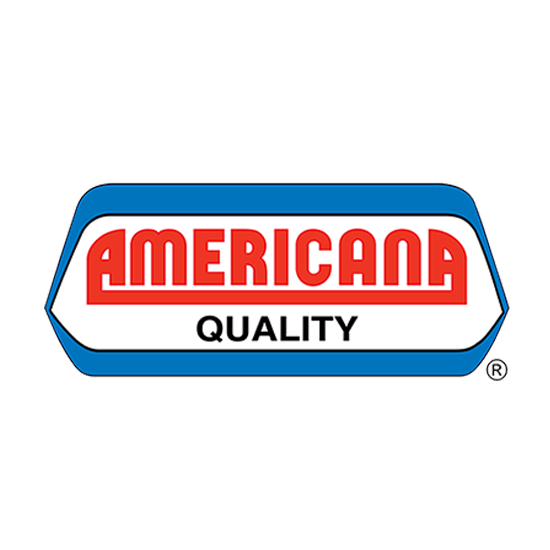Ensuring Food Safety in a Drive-Thru Setting

Introduction
Drive-thru settings have become a popular way for people to grab a quick meal or snack without leaving their cars. However, ensuring food safety in a drive-thru setting can be challenging. There are several potential hazards that can affect the safety of food, from the storage of ingredients to the preparation and handling of the food. In this blog, we will discuss some of the steps that can be taken to ensure food safety in a drive-thru setting.
Proper Food Storage
The first step in ensuring food safety is proper food storage. It is essential to ensure that all ingredients are stored at the correct temperature to prevent the growth of harmful bacteria. This includes not only the finished products but also the raw ingredients that are used to prepare the food. In a drive-thru setting, this means that all ingredients must be stored in refrigerators or freezers to maintain the correct temperature.
Cleanliness and Sanitation
Maintaining a clean and sanitary environment is crucial in a drive-thru setting. All surfaces, equipment, and utensils must be cleaned and sanitized regularly to prevent the spread of harmful bacteria. This includes everything from the preparation areas to the windows and screens that customers interact with
Handwashing
Handwashing is a critical step in preventing the spread of bacteria and other pathogens. All employees in a drive-thru setting should be trained in proper handwashing techniques and should be required to wash their hands regularly throughout their shift. Hand sanitizer should also be readily available for employees to use
Temperature Control
Maintaining the correct temperature of food is crucial in preventing the growth of harmful bacteria. In a drive-thru setting, it is essential to monitor the temperature of food from the time it is prepared to the time it is served. All food should be cooked to the correct internal temperature, and hot food should be kept hot, while cold food should be kept cold.
Cross-Contamination Prevention
Cross-contamination occurs when bacteria from one surface or food item is transferred to another surface or food item. In a drive-thru setting, this can occur when employees use the same utensils or equipment for different types of food without properly cleaning and sanitizing them between uses. To prevent cross-contamination, it is essential to use separate utensils and equipment for each type of food, and to clean and sanitize them thoroughly between uses.
Allergen Management
Food allergies are becoming increasingly common, and it is essential to ensure that customers are not exposed to allergens that could cause a severe reaction. In a drive-thru setting, it is essential to train employees to recognize the signs of an allergic reaction and to take steps to prevent cross-contamination between allergens and non-allergenic foods.
Employee Training
Proper employee training is crucial in ensuring food safety in a drive-thru setting. All employees should be trained in the proper handling and preparation of food, as well as in the importance of maintaining a clean and sanitary environment. Training should also include instruction on how to recognize the signs of foodborne illness and what steps to take if an employee or customer becomes sick.
Conclusion
Ensuring food safety in a drive-thru setting is crucial for protecting the health of customers and employees alike. By providing comprehensive training to employees, ensuring proper food preparation and storage, maintaining clean and sanitary conditions, being aware of potential allergens, implementing contactless payment and pickup options, and conducting regular inspections and audits, drive-thru restaurants can create a safe and enjoyable experience for all customers.





































